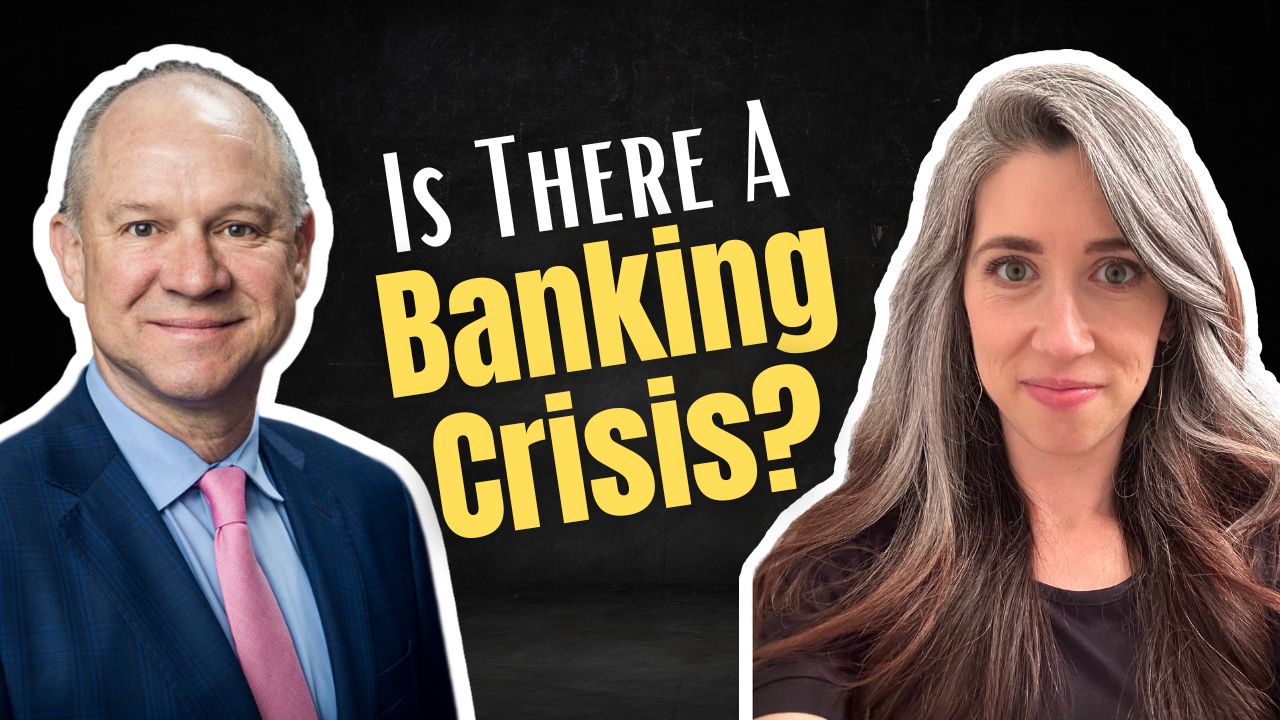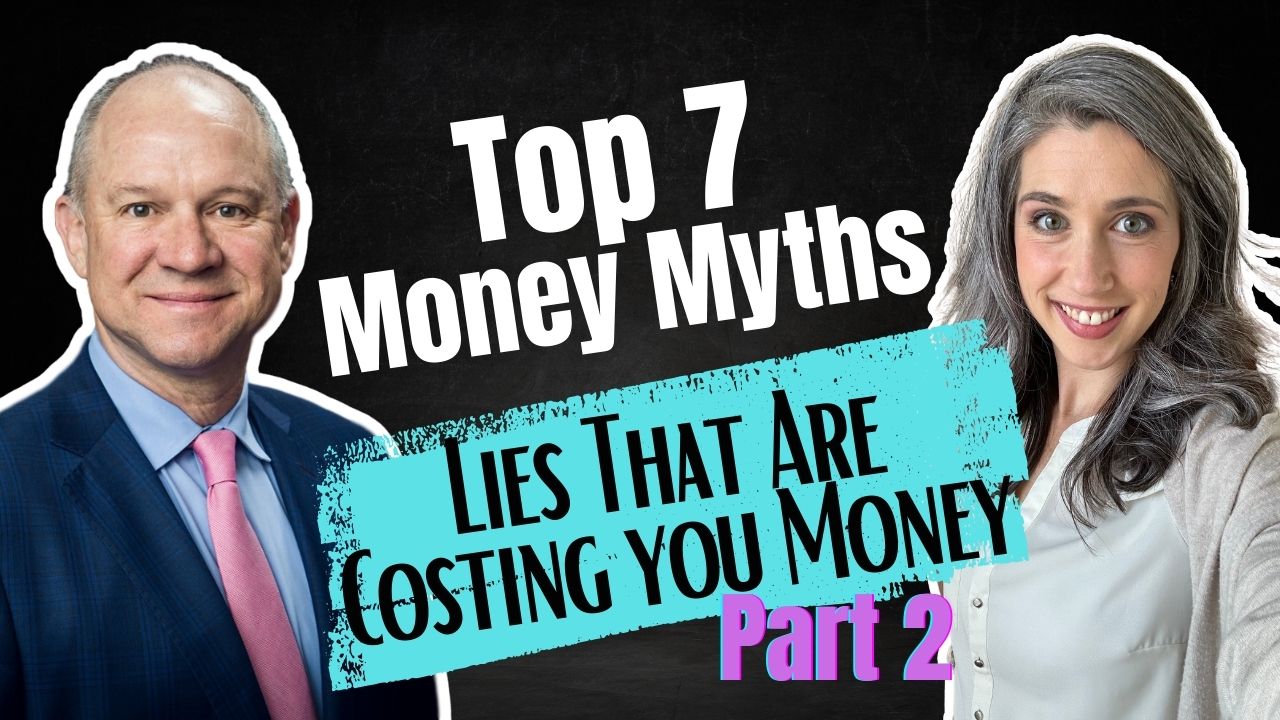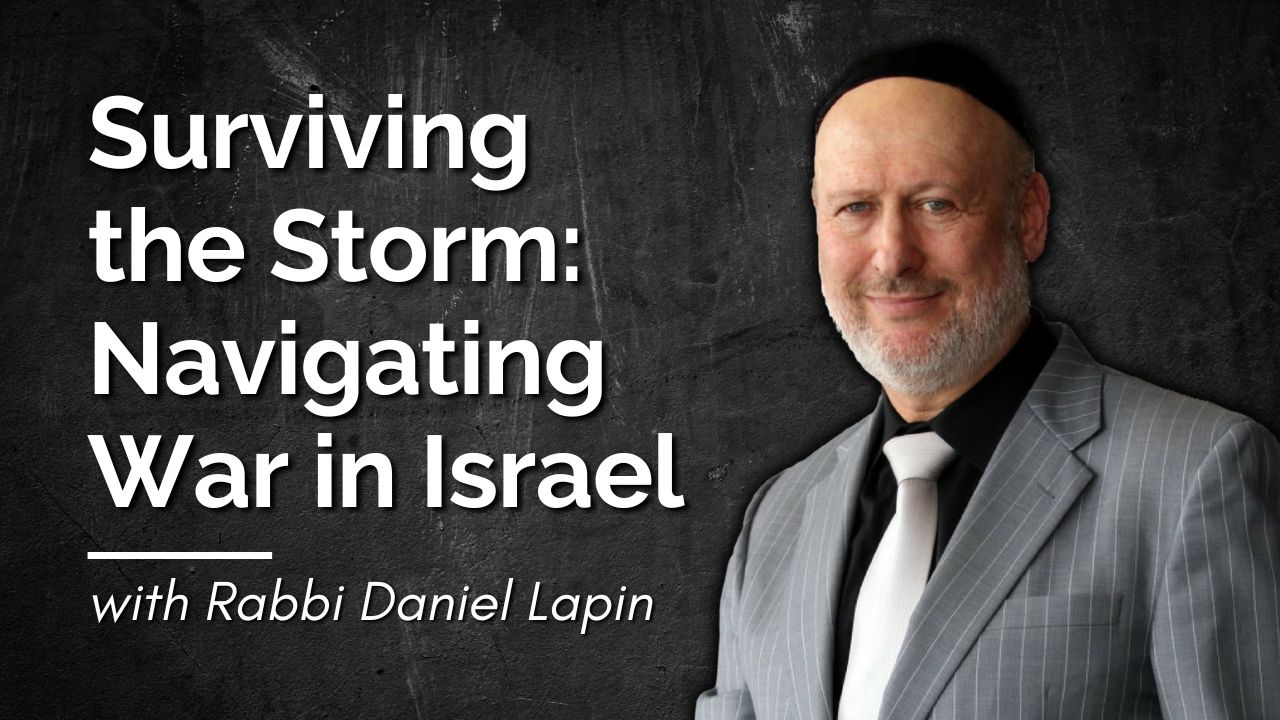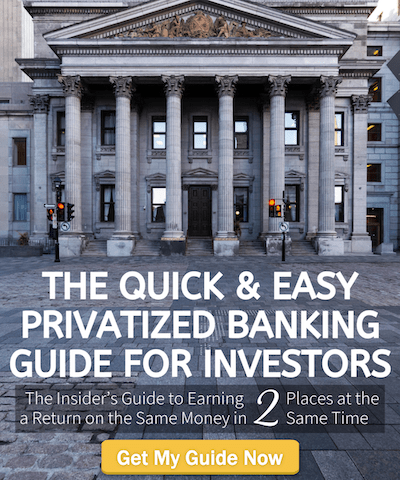
Is There a Banking Crisis? Silicon Valley Bank 2023
If you’ve paid any attention to the news recently, then you’ve probably heard about what’s happening with the Silicon Valley Bank. The news isn’t good, and it’s probably raising some questions. We’re here to unpack what you might be thinking about. Like, are we entering a banking crisis, and what does this mean for the greater economy? How does Infinite Banking compare?
In this podcast, we’ll examine the factors that led to the Silicon Valley Bank collapse, and how Infinite Banking can be a solution. Join us for a discussion of the state of banking, and how you can best prepare to weather any economic storm.
Podcast: Play in new window | Download (Duration: 1:03:26 — 72.6MB)
Subscribe: Apple Podcasts | Spotify | Android | Pandora | RSS | More
Table of Contents
Is This Normal?
We want to start this conversation by sharing that boom and bust cycles are a natural part of any market when the free marketplace is working. This means there will be inevitable highs and lows for everything. Those who are savvy can learn to time the markets by paying attention, although no one does this perfectly 100 percent of the time.
What sets people apart is the assets they can control with certainty. And one of the many positives of Infinite Banking is that life insurance is not correlated to the stock market. So despite what’s happening in the economy, your cash value is safe and certain. This is the kind of protection that is not even guaranteed when all of your money is in the bank. It’s critical to build your foundation on something strong and within your control.
The Timeline of the Silicon Valley Bank
To get a good understanding of what’s happening with the Silicon Valley Bank, it’s worth examining the timeline. At the time of this crash, Silicon Valley Bank was the 16th largest bank in the country and had been just 40 years old. The crash occurred because of large withdrawal attempts and is the largest crash since 2008.
- On January 1st of this year, the bank had $91 billion of held fixed income securities or held maturities. They also had $200 billion in assets, mostly Venture Capital and tech assets.
- Out of the $91 billion, the bank’s unrealized loss was going to $15 billion if people pulled out of their maturities due to a need for increased liquidity. They knew they’d be in trouble for the reserve requirements.
- On March 8th, the bank announced that they needed to shore up their balance sheet and raise $2 billion in capital. They proposed a sale of their bond portfolio at a $1.8 billion loss, but there were no interested buyers.
- On March 9th, customers began to withdraw due to impending trouble, and the bank’s stock fell 60%.
- On March 10th, the Silicon Valley Bank failed to meet its reserve requirements, so the FDIC stepped in and seized control.
The fear, it seems, stems from the reality that this was a huge bank that seemed like it could never fail. No one expected it to, so when it did, people got extremely nervous about their banks and their ability to meet their needs as well.
The problem is that when people are fearful and lose faith in the banks all at once; it creates a vicious cycle. Because the more people that pull their money out at once, the harder it is for banks to meet their reserve requirements and other obligations.
As Bruce points out in the show, this is also the first time such a large bank failure has occurred in the age of social media, and so the information is more readily accessible. While it’s good to be informed, this can also lead to a lot of fear because things spread like wildfire on social media.
How Do Banks Get Behind?
[8:50] “What happens here is we’ve been going from a very low interest rate, almost no interest rate, environment, to a relatively—what we think is high but is more normal—interest rate environment.”
What happened with the Silicon Valley Bank, specifically, had to do with rising interest rates. Once the interest rates rose, many people decided they needed liquidity and pulled money out of securities, or they pulled money out of the banks completely. This means that banks would have to sell securities at a loss if depositors decide they want their money back early.
Another reason banks can get behind is if they invest heavily in startups and risky endeavors, and aren’t doing their due diligence. Silicon Valley Bank had a large portion of assets tied up in Venture Capital and startup investments. And while many VC investors can be incredibly successful, it’s by thoroughly vetting those investments and their viability. Of course, we can’t speak to SVB’s vetting process, and even the best due diligence can sometimes have negative results.
That being said, if investments don’t pan out, this can also cause banks to lose their reserves if they get hit over and over again.
Reserve Requirements for Banks and Insurance Companies
Generally, banks are only required to hold about 10% of reserves against their checking and savings deposits. This means that if they have $100,000 worth of deposits into checking and savings accounts, they’re only legally required to have $10,000 of that money in reserves at any given point. The rest they can use to loan money, invest, etc.
While this is fine for day-to-day operations, the trouble occurs when many people want to withdraw large sums all at once. This can happen due to a recession, or because people are anticipating a bank failure. The latter, however, tends to be the thing that speeds bank failure along. It becomes a race to see who can get their money back first, and completely.
Insurance Product vs. Cash
[36:51] “Contrast this to life insurance companies. Every time premiums come in, they’re actually taking that premium and putting it into investments. But unlike banks, they actually don’t have runs on them like a bank would have them, because these deposits or premium payments are actually for a product. So you’re buying life insurance.”
You can access cash value, of course, but insurance companies don’t run into issues of too much coming out at once because they have full reserves. They have to, in order to pay death claims at any time. (Insurance companies have a provision that allows them to delay funds up to 6 months if too much is flowing out, but this is incredibly rare.)
The reserve requirement for insurance companies is about 8-12 percent of anticipated claims for the year. And yet, most insurance companies go above and beyond this requirement.
[37:46] “That reserve requirement with the top 10 mutual companies is about 7 percent higher than what they believe their mortality expenses and other expenses are going to be for any one given year.”
Some insurance companies even have 14% above the reserve requirement for their expenses. Insurance companies have to meet all of their financial obligations because they’re providing a product, so it’s critical that they keep their reserves well-stocked.
Could Life Insurance Companies Be Safer Than Banks?
[41:05] “I want to pose that we’re not saying that this is the case, but could life insurance companies be safer than banks? Here’s something that’s really interesting: bank failure is more common than life insurance company insolvency.”
While we all require banking to some degree—checking accounts are necessary for debit cards and spending money, and even paying premiums—this does compel you to consider where YOUR cash reserves are safest. In addition to your personal monthly cash flow, it’s probably a good idea to have some money saved with the bank, for quick access without much fuss.
However, if you want to stockpile large sums of capital for your future use, there are many benefits to controlling your own banking function. In addition to having very safe and secure assets until you’re ready for them, you also get to grow your cash value at a rate that’s typically better than a bank savings account. It’s also a good long-term product that can last your family for generations with the right family mindset. And of course, there’s the option to leverage your cash value for opportunities without sacrificing any compounding ability.
These are all compelling reasons to have an Infinite Banking policy as your financial foundation, as a means of supporting any banking you do with an actual Bank.
Bank-Owned Life Insurance
In a conversation about banks and life insurance, it’s worth mentioning that most banks own life insurance. This is insurance that the banks purchase on their key employees. They’re allowed to do this because they have an insurable interest in their key employees—if they were to die, it would be a loss to the company, and it could be costly to train a replacement.
Bank-owned life insurance is tier-one capital for banks because it’s safe and it’s liquid. Many banks that have BOLI have billions of dollars worth of life insurance.
[53:10] “What I think is fascinating is that the banking system uses permanent life insurance with the cash value for the purpose of fulfilling their tier one capital asset reserve requirements. Meaning that it’s a safe and stable asset that they rely on using because they know that there are guarantees built into it. And I think that really says something to have one industry using another industry’s product to make themselves more stable.”
Resources for Bank Failure Information
Want to know more about what banks have failed, which banks are in good standing, and other important information? Check out this list of resources for your personal research:
- List of bank failures
- List of insurance company insolvencies
- Companies that rate financial institutions:
Is There a Banking Crisis?
Overall, while SVB’s decisions may have led to a crisis for patrons, this isn’t necessarily going to happen to every bank. If you’re unsure of your bank, check the ratings and see where the money is going and how they’re handling things right now. The rating companies can give you some valuable insights. However, you don’t necessarily need to panic and pull all of your money out in one sweep.
[55:37] “I think the biggest lesson we can learn from this whole thing is that banks, you, any organization, any business, [are] in the same position. You need liquid capital that you can access, and life insurance is a powerful tool to allow you to have that liquidity and be able to access capital when you need it.”
If your assets are tied up in assets that aren’t liquid, it may be time to start building up your liquid assets.
Book A Strategy Call
Do you want to coordinate your finances so that everything works together to improve your life today, accelerate time and money freedom, and leave the greatest legacy? We can help! Book an Introductory Call with our team today https://themoneyadvantage.com/calendar/, and find out how Privatized Banking, alternative investments, or cash flow strategies can help you accomplish your goals better and faster. That being said, if you want to find out more about how Privatized Banking gives you the most safety, liquidity, and growth… plus boosts your investment returns, and guarantees a legacy, go to https://privatizedbankingsecrets.com/freeguide to learn more.
Becoming Your Own Banker, Part 27: 7 Money Myths that are Costing You, Continued
Is what you think about money actually true? Is it helping or hurting you? Moving you forward and expanding your influence, or limiting you and your potential? If you joined us last week, you know that in true Bruce and Rachel fashion, we only covered half of our intended conversation, so we’re back to reveal…
Read MoreSurviving the Storm: Navigating War in Israel with Rabbi Lapin
When war across the world could mean war close to home or a whole world war … when conflicts thousands of years old can’t be solved overnight … when truth seems defined by who’s in power … when totalitarianism seems stronger than freedom and free markets … when open borders looked like compassion but instead…
Read More


